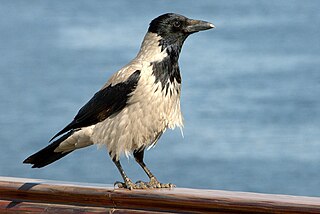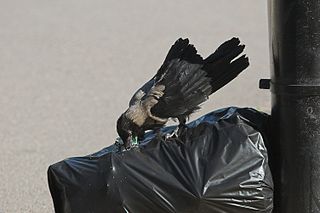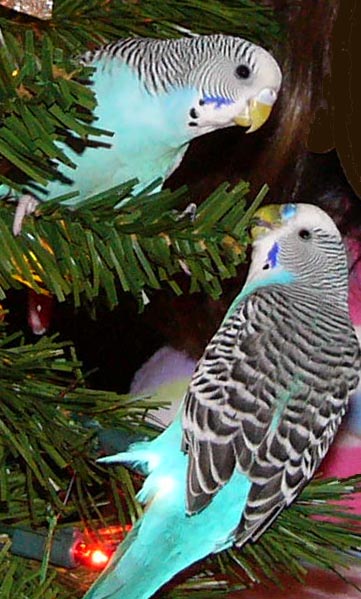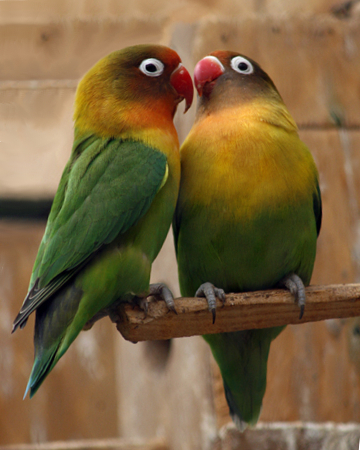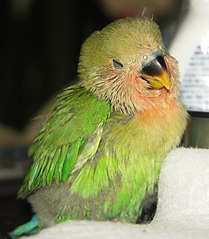In contrast to most everyone I know, I enjoy feeding birds as much in the warmer months as in winter. The question, sometimes raised, of the possibility of one “taking them away from their role as insect catchers” is far too complicated to address here but is, I can assure you, not a concern.
Hummingbirds, Supreme Aerialists
Warm weather bird feeding offers us the opportunity to observe at close quarters birds that are, in many regions, absent during the winter. In most parts of the country the magnificent hummingbirds first spring to mind.
These little gems are simply breathtaking…our glass hummingbird feeder can start you on the road to what can easily become a lifelong hobby. The book Attracting and Feeding Hummingbirds provides valuable guidance on hummingbird-friendly gardens, nectar mixes and species identification.
 Insects for Summer Visitors and Winter Regulars
Insects for Summer Visitors and Winter Regulars
Another simple way to attract summer residents is to supply insects. This is most easily accomplished by offering freeze dried Wild Bird Mealworms. Especially if your feeder is located near sheltering trees or bushes, you may be treated to the sight of warblers, orioles, thrushes, catbirds, flickers and other beautiful insectivores gathering food for both themselves and their young.
Chickadees, juncos, sparrows and other seed-eating “winter regulars” raise their young on insects, catching several hundred daily in most cases, and will take advantage of your hospitality as well.
Seedeaters – Generalists and Specialists
Although catching insects for their nestlings and consuming many themselves, many confirmed seedeaters will continue to take seeds, nuts and other such staples year-round. Our line of wild bird foods can provide all you’ll need, including specialty mixes for doves and pigeons (which eat seed all year and feed their young with “pigeon milk” derived from the lining of the crop).
An Interesting Observation
Concerning seed-eaters, this spring I was quite surprised to see a male English sparrow (Passer domesticus) feed cracked corn to its newly-fledged youngster (fledglings are fed by parents for several days after leaving the nest)…I had assumed insects to be the sole food provided by adults.

Birding Opportunities
Warm weather bird-feeding usually results in spectacular bird watching opportunities…driven to catch hundreds of insects daily, raise several broods and keep themselves fed as well, parent birds are far less cautious than at other times of the year.
The Backyard Bird Tracker will help you to identify the birds you see and provides interesting life history details and a place for recording your observations.
Setting out birdbaths within easy reach of your feeders will increase visitation, including by bird species that might not be interested in the foods you provide. For example, robins, which in most areas are earthworm specialists, will readily make use of bird baths.
 Other Steps You Can Take
Other Steps You Can Take
Setting out birdbaths within easy reach of your feeders will increase visitation, including by bird species that might not be interested in the foods you provide. For example, robins, which in most areas are earthworm specialists, will readily make use of bird baths.
A well-thought out garden (please see below) will encourage reluctant feeder-visitors to remain and forage on insects, buds and other treats.
Mammals: Flying Squirrels, Gray Squirrels and Bats
Don’t forget your mammalian friends. Gray squirrels newly emerged from the nest are clumsy and even more entertaining than are adults. By providing squirrel feeders, corn logs and peanuts, you can limit competition with avian visitors and provide yourself with quite a show.
If flying squirrels are resident in your area, by all means install some indirect lighting and take a look at your feeders after dark. These adorable, nocturnal acrobats are quite fearless feeder users…trust me, you will not regret the effort. Resident even in the heart of NYC, flying squirrels do not reveal themselves in the daytime. A call to your local zoo or nature center should provide you with information concerning local populations.
While we’re on nocturnal mammals, let me not forget some of my favorites, the bats. I have rehabilitated a number of injured bats, and never tire of watching their nighttime hunting forays. A surprising variety of species inhabits the USA, even within most cities…try putting up a bat house and see what happens.
Further Reading
For information on planting a garden that will both attract wild visitors and provide nutritious food for your pets, please see my article Gardening for Birds.
A very interesting field report documenting the huge of insects captured by robins with chicks in the nest is posted at:
http://elibrary.unm.edu/sora/Wilson/v047n02/p0109-p0111.pdf
Northern Flicker image referenced from Wikipedia commons and originally posted by naturespicsonline.com
 That Bird Blog – Bird Care and History for Pet Birds
That Bird Blog – Bird Care and History for Pet Birds


